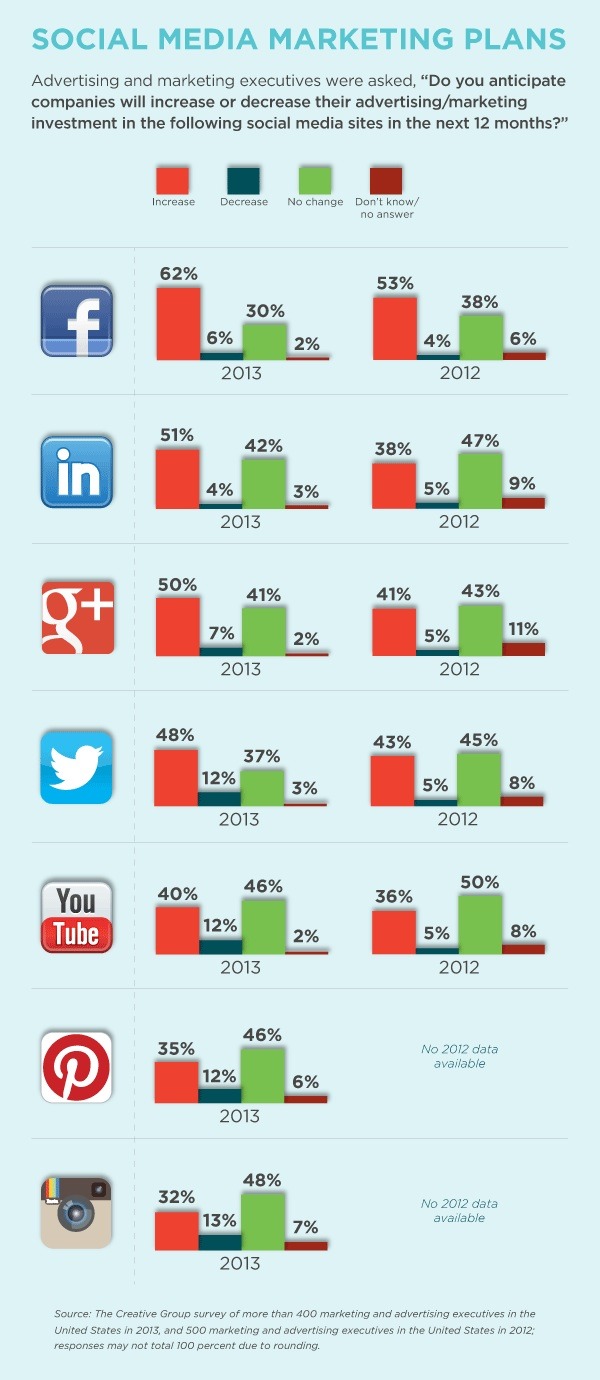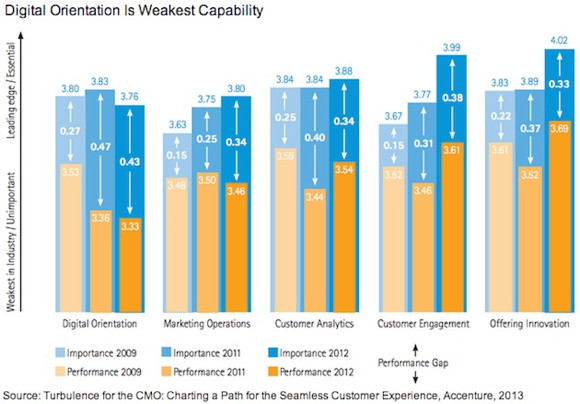Mobile & Responsive Design: Hype or Hope? (Infographic)
It is a dream for many people responsible in the developer field: Creating a mobile app once, without the need to amend it for any screen, any device or any audience. Responsive web design is said to be able to deliver just that – one size design fits all kind of a thing. But is it really true?
In days where more than 20% of all web traffic is generated via leading e-commerce websites coming from mobile devices, responsive web design is becoming an alternative many developers are thinking about. Not surprising, right?! The unique screen resolutions has been growing from 97 in 2010 to 232 in 2013. For those retailers that wanted to rise the number of online shoppers alongside with the growth of screens coming via not desktop resolutions, responsive design became a new and attractive option.
For the marketing and web optimization guys from Monetate, it seems there is only one real alternative if companies don’t believe in their customers to download their mobile app: responsive web design. Still, mobile shopping is not a hype anymore, it has become the real revenue driver in e-commerce. There is an expected $38.8 billion spend on smartphones and tablets according to eMarketer in America in 2013 which is forecasted to grow up to $108.6 billion by 2017.
However, brands might argue that the development is not cheap at all. If you see another alternative or have the proof that responsive design is not the only alternative, let us know…














